
Timeline
Title
Country/Nationality
Selma Lagerlof
Selma Ottilia Lovisa Lagerlöf was a Swedish author and teacher. She published her first novel, Gösta Berling's Saga, at the age of 33. She was the first woman to win the Nobel Prize in Literature, which she was awarded in 1909. Additionally, she was the first woman to be granted a membership in the Swedish Academy in 1914.
Born at Mårbacka an estate in Värmland in western Sweden, Lagerlöf was the daughter of Erik Gustaf Lagerlöf, a lieutenant in the Royal Värmland Regiment, and Louise Lagerlöf (née Wallroth), whose father was a well-to-do merchant and a foundry owner (brukspatron). Lagerlöf was the couple's fifth child out of six.
She was a really quiet child, more serious than others her age, with a deep love for reading. She was constantly writing poetry as a child, but did not publish anything officially until later in life. In 1868, at the age of 10, Selma completed reading the Bible. At this time her father was very ill, and she hoped that God would heal her father if she read the Bible from cover to cover. The sale of Mårbacka following her father's illness in 1884 had a serious impact on her development. Selma's father is said to have been an alcoholic, something she rarely discussed.
Lagerlöf was educated at the Högre lärarinneseminariet in Stockholm from 1882 to 1885. She worked as a country schoolteacher at a high school for girls in Landskrona from 1885 to 1895, while honing her story-telling skills, with particular focus on the legends she had learned as a child.
In 1894, she met the Swedish writer Sophie Elkan, who became her friend and companion. Over many years, Elkan and Lagerlöf critiqued each other's work. Lagerlöf wrote that Elkan strongly influenced her work and that she often disagreed sharply with the direction Lagerlöf wanted to take in her books. Selma's letters to Sophie were published in 1993, titled Du lär mig att bli fri (You Teach me to be Free).
In 1902, Lagerlöf was asked by the National Teacher's Association to write a geography book for children. She wrote Nils Holgerssons underbara resa genom Sverige (The Wonderful Adventures of Nils), a novel about a boy from the southernmost part of Sweden, who had been shrunk to the size of a thumb and who travelled on the back of a goose across the country.
She moved in 1897 to Falun, and met Valborg Olander, who became her literary assistant and friend, but Elkan's jealousy of Olander was a complication in the relationship. Olander, a teacher, was also active in the growing women's suffrage movement in Sweden. Selma Lagerlöf herself was active as a speaker for the National Association for Women's Suffrage, which was beneficial for the organisation because of the great respect which surrounded Lagerlöf, and she spoke at the International Suffrage Congress in Stockholm in June 1911, where she gave the opening address, as well as at the victory party of the Swedish suffrage movement after women suffrage had been granted in May 1919.
Selma Lagerlöf was a friend of the German-Jewish writer Nelly Sachs. Shortly before her death in 1940, Lagerlöf intervened with the Swedish royal family to secure the release of Sachs and Sachs' aged mother from Nazi Germany, on the last flight from Germany to Sweden, and their lifelong asylum in Stockholm.
Books by Selma Lagerlof
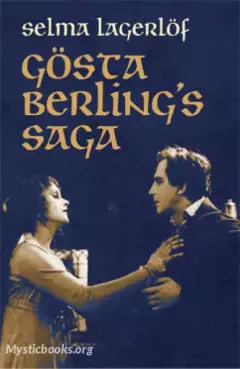
The Story of Gosta Berling
Gösta Berling's Saga is the debut novel of Swedish author Selma Lagerlöf, published in 1891. It was made into a 1924 silent film directed by Mauritz Stiller starring Greta Garbo, Lars Hanson and Gerda Lundequist. A 1925 opera I cavalieri di Ekebù by...
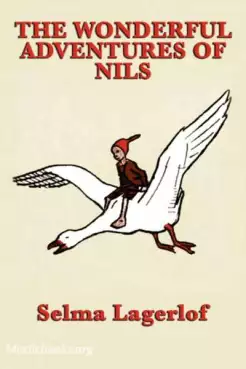
The Wonderful Adventures of Nils
The Wonderful Adventures of Nils (orig. Nils Holgerssons underbara resa genom Sverige; literally Nils Holgersson's wonderful journey across Sweden) is a work of fiction by the Swedish writer Selma Lagerlöf, the first woman to receive the Nobel Prize...

Thy Soul Shall Bear Witness!
Thy Soul Shall Bear Witness! is a 1912 novel by the Swedish author Selma Lagerlöf. It was translated into English by William Frederick Harvey in 1921. Lagerlöf was commissioned to write it by a Swedish association as a means of public education about...
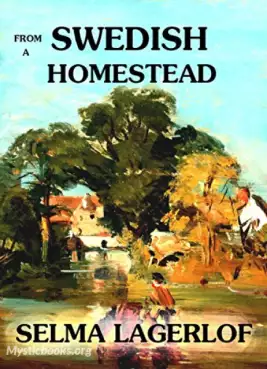
From a Swedish Homestead
It is the story of how a young orphan girl, Ingrid, is the instrument of saving the student Gunnar Hede, who has lost his wits and memory by a terrible experience, trying to save his home, his Country House, and who wanders the roads as a Pedlar, bu...

Invisible Links
Invisible Links (Osynliga länkar) is a collection of short stories with an underlying theme about the links that influence and guide people’s actions and lives. It was first published in 1894 and the English translation in 1895. The stories are ofte...
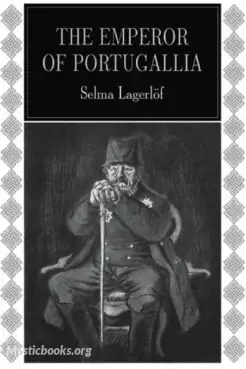
The Emperor of Portugallia
The Emperor of Portugallia is a novel by Nobel-laureate Selma Lagerlöf, published in 1914 with drawings by Albert Engström. Lagerlöf called it a "Swedish King Lear". The novel was a success with critics and readers, newspaper reviewers said the novel...
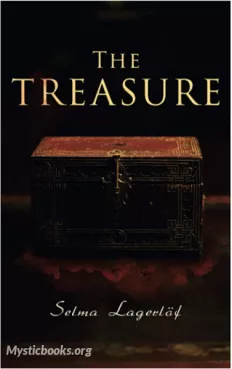
The Treasure
It tells the story of a young man named Gösta Berling who, after being fired from his job as a pastor, finds himself embroiled in a series of adventures and misadventures that ultimately lead him to discover a great treasure. Set in the rural countr...
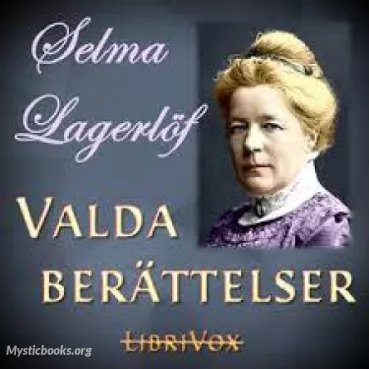
Valda berättelser
Dyk ner i Selma Lagerlöfs fascinerande värld av berättelser, där det övernaturliga möter mänsklig värme och djup. "Valda berättelser" är en mästerlig samling som tar oss med på en resa genom känslornas landskap och utforskar människans inre mysterier...

Niels Holgersson's Wonderbare Reis
Niels Holgersson is a mischievous young boy who lives on a farm in Skåne, Sweden. He is unkind to the animals, often teasing and tormenting them. One day, Niels captures a mischievous gnome and refuses to release him. In retaliation, the gnome casts...
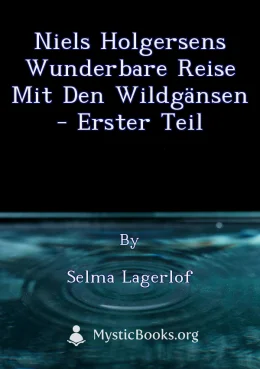
Niels Holgersens wunderbare Reise mit den Wildgänsen - Erster Teil
Niels Holgerssons wunderbare Reise mit den Wildgänsen ist eine Geschichte über einen 14-jährigen Jungen namens Niels, der von einem Kobold auf Koboldgröße geschrumpft wird. Er schließt sich einem Schwarm Wildgänsen an und fliegt mit ihnen durch ganz...
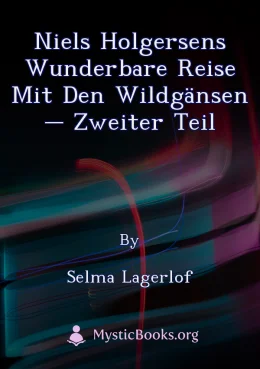
Niels Holgersens wunderbare Reise mit den Wildgänsen – Zweiter Teil
Niels Holgersens wunderbare Reise mit den Wildgänsen ist ein zweibändiger Roman der schwedischen Schriftstellerin Selma Lagerlöf. Er erzählt die Geschichte des 14-jährigen Niels Holgersson, der von einem Kobold auf die Größe eines Kobolds geschrumpft...
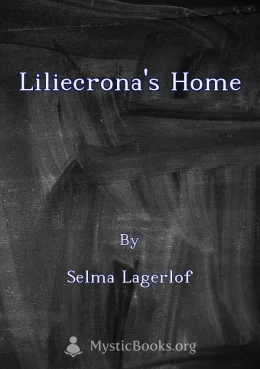
Liliecrona's Home
This novel tells the story of Maia Lisa, a young woman who is tormented by her wicked stepmother. Despite the abuse she endures, Maia Lisa remains strong and determined. She is supported by the Little Maid, a clear-eyed young woman who is not afraid...

Mädchen vom Moorhof
Helga, a young unmarried pregnant woman, faces social stigma and rejection. She is offered a job by Gudmund, the son of a wealthy neighbor, but his fiancée Hildur objects to her presence. When Gudmund becomes a murder suspect, Helga must decide betwe...
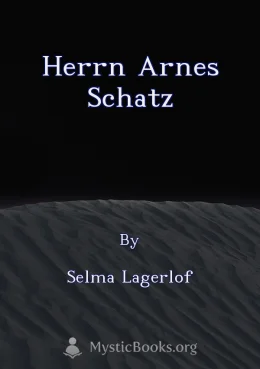
Herrn Arnes Schatz
Herrn Arnes Schatz erzählt die Geschichte eines Mordes, der eine kleine schwedische Gemeinde erschüttert. Der reiche Pfarrer von Solberga und seine Familie werden brutal ermordet, und die Täter bleiben unerkannt. Die Toten jedoch finden keine Ruhe, s...

Girl From the Marsh Croft
This collection includes 'The Girl from the Marsh Croft,' a novella featuring a woman who has strayed from societal norms and finds redemption through her inherent honesty and goodness. The story explores themes of love, forgiveness, and the power of...

Christ Legends
This collection of stories, narrated in a simple and enchanting style, explores the origins and traditions of Christmas through the lens of Swedish folklore. Lagerlöf weaves tales of angels, saints, and ordinary people whose lives are touched by the...
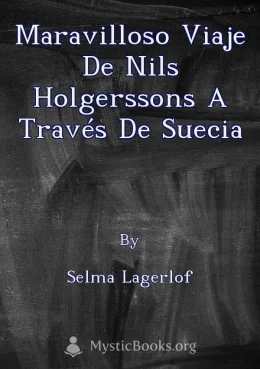
maravilloso viaje de Nils Holgerssons a través de Suecia
El maravilloso viaje de Nils Holgersson a través de Suecia es una novela infantil clásica escrita por Selma Lagerlöf. Cuenta la historia de Nils Holgersson, un niño travieso que es transformado en un duende por un gnomo. Para recuperar su forma human...